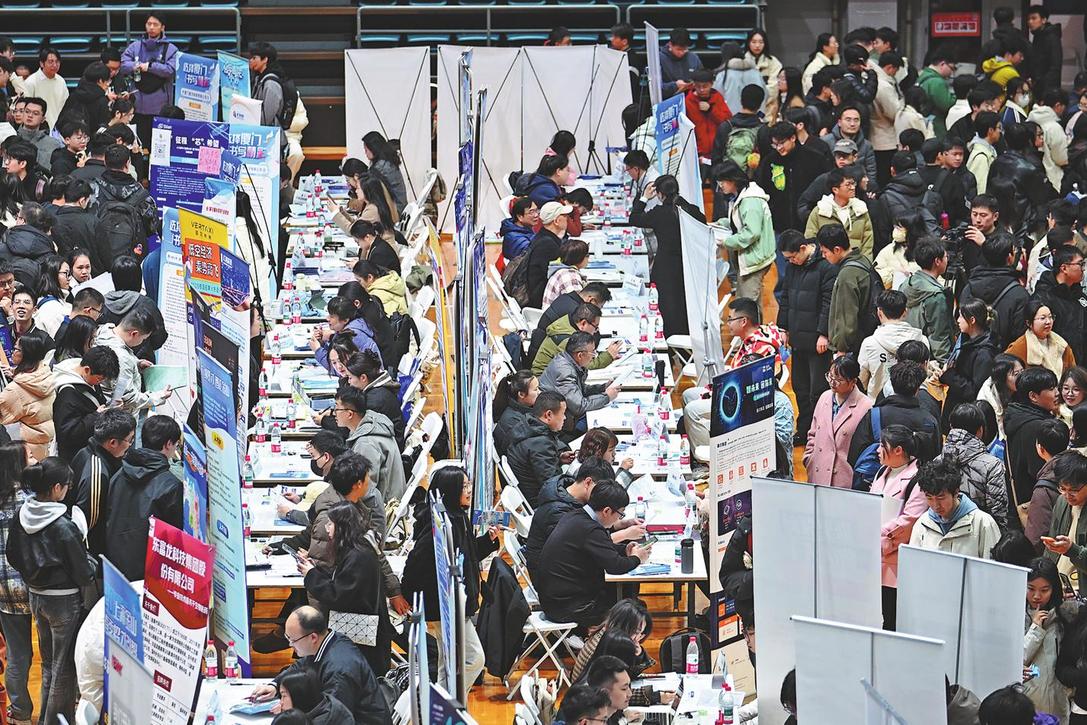Northeast rust belt needs new lease on life

Editor's note: Without warning, Hegang, a little-known border city in Heilongjiang province, has become a catchword on social media for its low housing price-a 70-square-meter apartment costs about 20,000 yuan ($2,982), which is not enough to buy half a square meter of housing in the center of big cities such as Beijing and Shanghai. China Daily reporter Li Yang comments:
Most people know Hegang as a coal city from their geography textbook at middle school. In the planned economy era, from the 1950s to 1980s, the city, like many other cities rich in natural resources, was a synonym for stable jobs and predictable life-the government took care of almost all aspects of State-owned enterprise employees' lives, from the cradle to the grave. That Hegang's urbanization rate is nearly 85 percent, markedly higher than the national average of 58 percent, stems from the high proportion of former SOE employees in its population.
But after the depletion of the coal in the late 1990s, the city that had prospered since 1917 when its first coal mine opened was put on a seemingly irreversible declining trend, as it could not find new viable industries to sustain its economy. Hegang's gross domestic product is now only 1 percent that of Shenzhen, Guangdong province, though its area is seven times larger than the latter.
Hegang is an epitome of the 69 resource-depletion cities designated by the central government, nearly half of which are located in Northeast China's Liaoning, Jilin and Heilongjiang provinces.
The central authority vowed to resuscitate the region almost 20 years ago. But, as the housing price in Hegang indicates, the largest rust belt in the country, which accounts for about one-sixth of the national territory and is home to 130 million people, has not demonstrated substantial signs of long-awaited renewal. It is estimated that about 1 million people have relocated to the south over the past decade.
Now is the time to rethink the future of Northeast China. Modern agriculture, tourism and science and technology research in some fields-dozens of national-level research institutes and key universities are located in the region-should be the main fields in which local governments should focus their efforts to maintain sustainable growth.


































